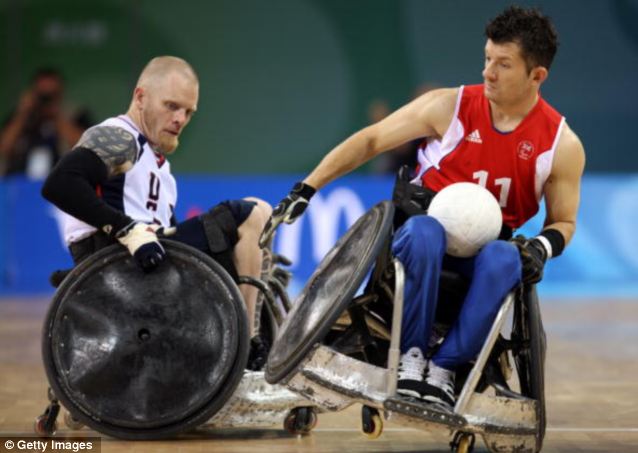Five Ways to Create an Inciting Incident
What’s your film’s inciting incident? This is an important question. What’s the catalyst moment that sends your protagonist on a quest, thereby grabbing your viewer’s attention in the first act?
To help you answer this question, I’m giving away module #1 of my live seminar, shot at the San Francisco Film Society:
newdocediting.com/editing_course1
Here are some examples of an inciting incident:
In Doug Block’s acclaimed personal documentary, 51 Birch Street, his mother’s unexpected death and his father’s swift remarriage leads the director on a quest to explore his assumptions about his parents’ “good marriage”.
In Murderball, a tough match of wheelchair rugby sets off an intense rivalry between the U.S. and Canadian teams leading up to the 2004 Paralympic Games.
And in My Crazy Sexy Cancer, a medical diagnosis sends Kim Carr on a search for healing.
Hollywood has a rule: the inciting incident is so important to the story arc that it must unfold visually on screen.
That’s a problem for us documentary filmmakers. By the time we’ve decided to make a film, the inciting incident has usually already happened. And no one was there to film it.
So how do we make this critical scene unfold cinematically?
In this excerpt from my live seminar, you’ll learn five ways to make your inciting incident come to life visually. Download it for free here:
